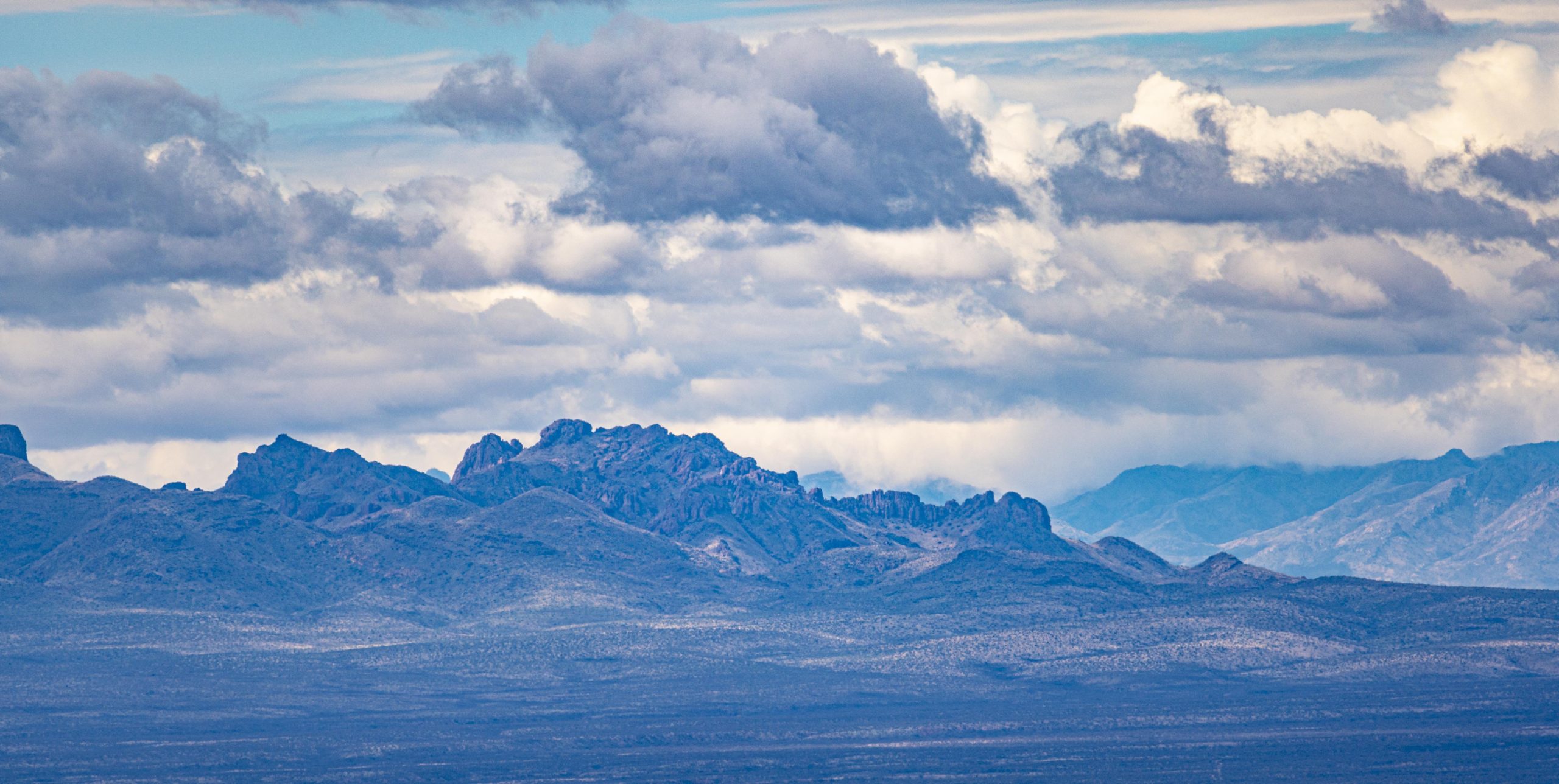February 16, 2022

Rufous-Backed Robin Madera Canyon 2-14-2022 ISO 28,800
This robin showed up at the Madera Canyon picnic grounds last week foraging on berries along the creek. I found the bird in shady poor light and photographed it way up at ISO 28,800. It’s a bit soft, but OK.




The Becard has been present since at least November and is most likely a resident – It hangs out near the southerly of the several old nest site. Often seen with a Rufous-backed Robin lurking in the hackberry trees. The Phoebe is regular here in winter. But this one seems to have fidelity to its vicinity – just south of the Tubac Bridge.


These two photos are of the same immature bird taken 13 days apart. The bird is slowly getting its adult plumes.

As would be expected, Yellow-shafted flickers are rare in SEAZ. Usually they turn out to be Gilded Flickers. This male was in the company of at least 10 Red-shafted at the cemetery munching on dates.

Hepatic Tanagers are resident in SEAZ. This male was with a female, they are usually seen together. Ebird flags them as rare in some locations, but they are pretty easy to find.

Lazuli Buntings are usually only seen in Winter in Patagonia, at Paton’s Squirrel Farm. This year they arrived in force during the Fall migration and stayed. The above photo shows 6 of the buntings out of 14 that were in a flock at the Florida Canyon UA Work Center. They are being seen practically everywhere I visit. Individual birds are often seen in mixed foraging parties including Audubon’s, Orange-crowns, and Black-Throated Grays.

